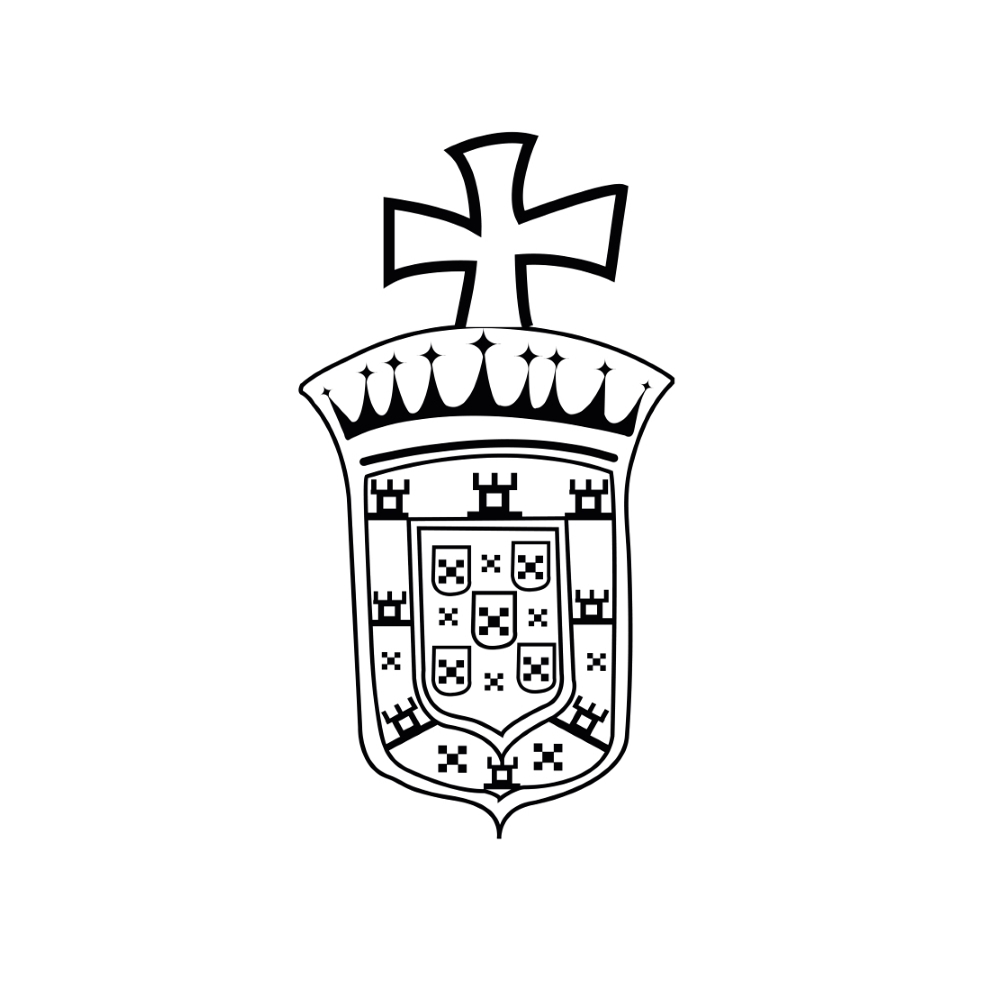The Colonials
The Portuguese were the first Europeans to visit the island (now named Sri Lanka).
A Portuguese nobleman, soldier and explorer, Francisco de Almeida, appointed Viceroy of India, left Lisbon in 1505 with an armada of twenty-two ships and more than a thousand seamen and soldiers with the aim of bringing the Sri Lankan spice trade under Portuguese control.
After establishing forts along the southwestern coast of India, de Almeida focused his attention down the southern coast to the island he named Ceilao. He found the island divided into seven warring kingdoms and built a fort at the port city of Colombo, gradually extending the Portuguese control over the coastal areas. Many of the Sinhalese fishing families living along the coast were forced to convert to Christianity and the Moors, facing their own religious persecution, retreated to the central highlands.
The Sinhalese majority, with an established kingdom in the central highlands, governed from the inland city of Kandy. They disliked the European occupation and influences, and welcomed any power willing to rescue them from the Portuguese. In 1602, the king of Kandy met with the commander of a Dutch trading fleet, Joris van Spilbergen, and in return for his help, offered the possibility of trade with his company in cinnamon. Over the next several decades, the Dutch and Portuguese battled for control of the coastal belt and by 1660 the Dutch controlled the whole island except the kingdom of Kandy. The Dutch were republicans and brought the ideals of republicanism to the island they called Zeylan enabling the larger communities to dominate. The Protestant Dutch persecuted the Portuguese Catholic families who remained on the island but left the Buddhists, Hindus and Muslims alone. Because they taxed the locals far more heavily than the Portuguese, however, they became increasingly unpopular.
In 1659, a British sea captain, Robert Knox, landed on the island and was captured by the king of Kandy. He escaped nineteen years later and the account of his stay on the island helped bring it to British attention.
Dutch Zeilan becomes Britain’s Ceylon
During the Napoleonic Wars in Europe, fear that control of the Netherlands might deliver the island to the French led the British, in 1796, to occupy the coastal areas of the island. They called the island Ceylon. In 1802 the Treaty of Amiens in Europe formally ceded the Dutch part of the island to the British and Ceylon became a crown colony. In 1803 the British invaded the central kingdom of Kandy but were bloodily repulsed. In 1815, however, they occupied the kingdom, finally ending the vestiges of independence on the island.
Following a bloody rebellion two years later, the Kandyan people were stripped of their landholdings and reduced to poverty. The British found the central highlands of the island well suited to coffee, tea and rubber and by the mid-19th century, Ceylon tea had become a staple commodity of the British market. The plantation owners brought in large numbers of indentured labourers from south India to work on the plantations and these soon made up ten percent of the population.
The British brought democracy to the island for the first time in its history, and over the ruling classes’ objections to giving common people the vote, introduced universal suffrage in 1931.The British favoured the semi-European Burghers, certain well-borne Sinhalese families and the Tamils who were mainly concentrated in the north of the country. This situation created divisions and enmities between these ethnic and cultural groups which continues to this day.
During World War II, the island was a front-line base against the Japanese and Lord Louis Mountbatten made Colombo his headquarters in the south-east Asian front of the war. The Japanese navy bombed Colombo and the port city of Trincomalee in 1942. This led to the flight of Indian merchant’s dominant in the Sri Lankan economy and reduced India’s influence on the island. Dominion status, which included military treaties with Britain, was granted in 1948 and in 1949 Don Stephen Senanayake became the first prime minister of Ceylon. The Democratic Socialist Republic of Sri Lanka was established on 22 May 1972.
